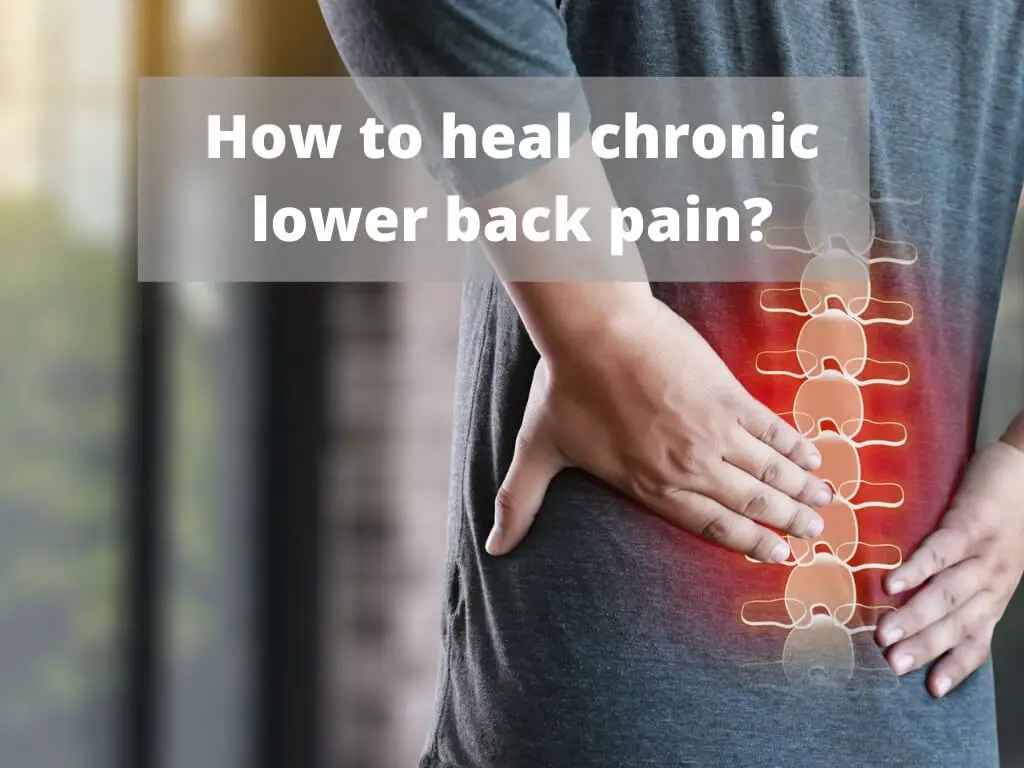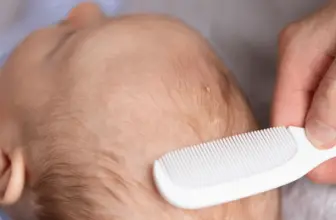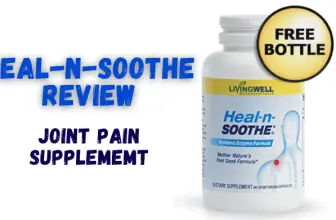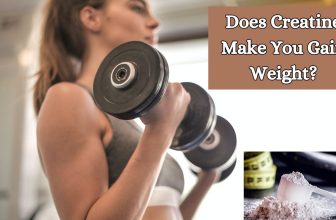How to Heal Chronic Lower Back Pain?

In doctor visits, lower back pain is the general cause. NINDS (National Institute of Neurological Disorders) states that lower back pain is the most popular reason for job-related disability. Besides, about 80% of Americans experience lower Back pain once.
How to Heal Chronic Lower Back Pain? Generally, lower back pain is due to injury, such as muscles strains and sprains, or maybe lousy body posture while lifting heavy objects. It can also be the result of specific ailments such as:
- Sciatica
- Spine infections
- Arthritis
- Spinal cord cancer
- Kidney infection
- Herniated or ruptured disc
Generally, chronic pain lasts longer than three months, while acute pain lasts from a few days to some weeks. Low back pain is common in people with age 30 to 50. The main reason is the changes that occur in the body with aging. Fluid content reduction occurs between the spine’s vertebrae when you are growing old.
It clears that the spinal disc can get irritated quickly. Besides, you can also lose muscle tone, making the back more at risk of injury. To prevent lower back pain, it’s vital to strengthen your muscles and use good body mechanics.
Ten ways to heal chronic lower back pain
Back pain is the most common physical illness. You can have lower back pain by getting hurt from an old sports injury, cleaning the yard, or medical conditions like ankylosing spondylitis or arthritis.
If you are suddenly having back pain, then do consult your doctor. It’s vital to contact your physical therapist if your back pain isn’t going with time. But if you have temporary lower back pain due to overworking, you can treat it on your own. Here are some best ways to heal chronic lower back pain.
Keep Moving
You may don’t want to move as you are in pain. But the first thing doctors recommend in back pain is to be active. That’s a common misconception that you can do your regular work.
Try to walk daily or at least three times a week to remain active. This thirty-minute walk will benefit your overall health. If you stay in bed all day, your muscles around the back and spine can become weak. That will ultimately damage the robust support system of our spine.
Stretch and Strengthen
Strong muscles support your back, especially then one in your abdominal core. Flexibility and strength can help not only in relieving your pain but also in preventing it.
Try to do some stretching in the morning, but if you are older or worried, you will overdo it, then do it at any time you feel your body is ready and warmed up.
Tai chi, pilates, and yoga are the few ways that help in strengthening your muscles around your hips. Try to lift your legs, and by lying on your stomach, this exercise will target your whole lower and upper back.
Maintain Good Posture
If you have a good posture, you can ease the pressure on the lower back. You can use stretchy bands, tape, and straps to get benefits in the alignment of your spine. The aim is to keep your head centered and over the pelvis. Don’t crane your chin or slouch your shoulders forward.
If you work a lot on the screen, try to rest your arms evenly on the desk or table and maintain your eye level with your screen top. Try to get up from your chair every second hour to do a slight stretch and walk.
Maintain Healthy weight
By shedding your extra pounds, you are supporting your lower back. It benefits significantly with pain as it reduces the mechanical force acting on the spine. If you need help maintaining your weight, ask your doctor for a proper exercise and diet plan that can benefit you in the long term.
Quit smoking
According to the research, smokers are four times more at risk of getting degenerative disk problems and other spine diseases than non-smokers.
The nicotine present in tobacco and other cigarettes product weakens your spinal cord by losing the essential nutrients in your spongy disks that work as a cushion in your joints—a healthy spine benefits flexibility and strength of your back.
Ice and Heat
Generally, people say that between ice and heat, one’s working is better than the other for relieving back pain. The truth in such sayings is that one thing works better than another.
To find the one which works best for you, try both and decide for yourself. Ice can work best for you if you have back pain due to inflammation and swallowing. But if you are trying to relax your stiff muscles, then a heating pad is a better option.
Specialists recommend using one method at a time and limiting the session to 20 minutes. Besides, if you are using some ointments or creams on your back, avoid using both ways.
Learn about your OTC medications
Some over-the-counter medications help relieve your back pain and muscle ache. The two main types of nonprescription pain relievers are Acetaminophen and anti-inflammatory drugs (NSAIDs). NSAIDs include naproxen, aspirin, and ibuprofen.
As clear from the name, NSAIDs reduce swelling, tenderness, and inflammation. But Acetaminophen does help with back pain but doesn’t reduce inflammation. If you have occasional back pain, then your doctor can recommend either type of inflammation.
If you have a medical condition like arthritis, NSAIDs can work a little better.
Medicated creams
Medicated skin creams, patches, salves, and ointments benefit in relieving your back from tense, sore, and stiff muscles. Many of them have ingredients such as camphor, methanol, and lidocaine that provide heat and numb the affected area.
When you are hurt, put on the cream. If you have trouble reaching or touching the spot, ask for help. It’s not going to provide instant relief from your pain, but it would help in soothing.
Ask about supplements
It’s best to get minerals and vitamins from the foods. But if your doctor recommends supplements, do as guided; it helps a lot. Many people don’t get enough vitamin D (essential for bone health) from their diet. It can be due to less sunlight exposure due to busy routines.
Magnesium is beneficial for muscles, and its deficiency can lead to muscle cramps and weakness. Turmeric can also help in dealing with your doctor. But if you decide to take a supplement, consult your doctor before starting.
Throw in the towel
A rolled-up towel can be highly beneficial in back pain. When you are lying down, put it under your pelvis. Relax your hips over the towel and stretch out the tension in your lower back.
This technique helps you stretch and relieve the tension in your lower back. A back brace is beneficial after surgery or injury, but it can’t be worn for more extended periods. No matter what remedy you are trying, if it helps you, then continue it.
How to prevent low back pain?
To prevent low back pain, there are many possible ways. Besides, these prevention techniques will help you get rid of the severe symptoms of back pain.
Some preventing techniques involve:
- Maintain correct posture
- Losing weight if you are obese
- While lifting heavy objects, be in the squat position
- Daily exercise your back and abdomen muscle
You can also try
- Avoid high heels
- Quit smoking
- Sit on supportive chairs with proper height
- Sleep on a firm surface
Nicotine harms the body by reducing blood flow and degenerating spinal disks. If you have severe back pain, then consult your doctor so he can recommend you medicine according to your condition.
References
https://www.hopkinsmedicine.org/health/conditions-and-diseases/back-pain/7-ways-to-treat-chronic-back-pain-without-surgery
https://www.spine-health.com/blog/6-overlooked-remedies-lower-back-pain-relief
https://www.webmd.com/back-pain/features/manage-low-back-pain-home
https://www.webmd.com/pain-management/ss/slideshow-relieving-back-pain
https://www.ninds.nih.gov/Disorders/Patient-Caregiver-Education/Fact-Sheets/Low-Back-Pain-Fact-Sheet
https://www.healthline.com/health/low-back-pain-acute
https://my.clevelandclinic.org/health/diseases/7936-lower-back-pain





